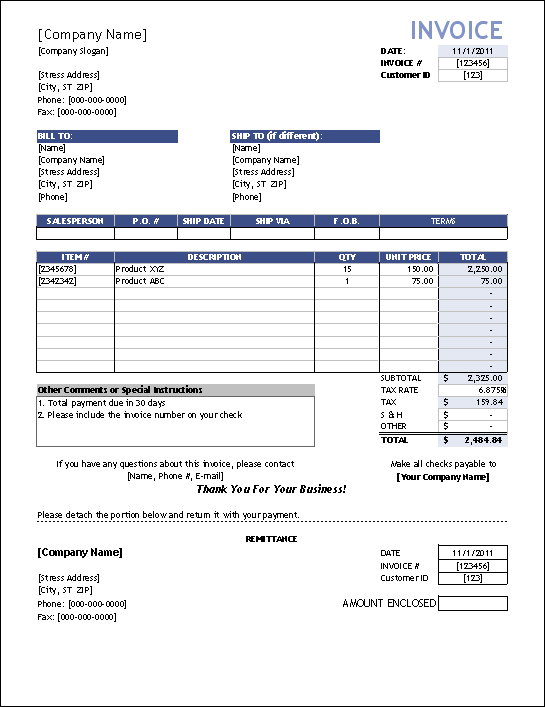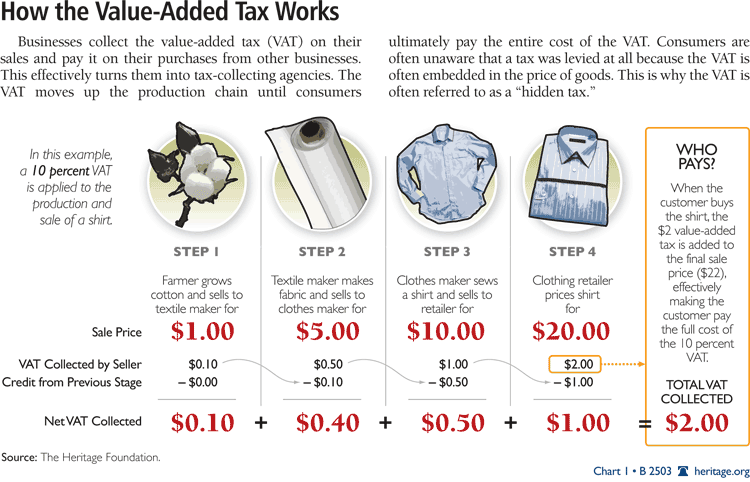Accounting
Flow of Financial Documents
These documents are an essential part in transaction. It includes information that accountants use to draw accounts and financial statements. These documents consist of:
1.Purchase Order
2.Delivery Note
3.Good Received note
4.Invoice
5.Credit Note
6.Remittance Advice Slip
7.Petty Cash Voucher
1.Purchase Order

This is the document that buyers create when they want to purchase goods or services.
2.Delivery Note

Suppliers deliver goods with a delivery note which the buyer must sign as a proof of delivery. This document also lists content of the package.
3.Good received note

This document is used to confirm that all goods have been received and ensure that there are no unsatisfactory goods.
4.Invoice

Invoice is then sent by supplier to charge the buyer for goods.
5.Credit Note

If there is return outwards due to faulty goods, the supplier must create a credit note to reduce the credit of the invoice.
7.Remittance Advice Slip

This document records business recent transaction or payment.
Books of Original Entry
6.Statement of Account

At the end of the month, the supplier send out this document to the buyer. This document shows the opening balance and any payment from the buyer as well as the amount outstanding.
8.Petty Cash Voucher

This is use to pay small expenses like a staff coffee by using a small amount of cash.
There are five books of original entry. This includes:
1.Sales Day Book
2.Purchases Day Book
3.Return Inwards Day Book
4.Return Outwards Day Book
5.Cash Book
Sales Day Book

This is where we first record a transaction. This involves credit sales only.
INVOICE
INVOICE
INVOICE

First, we use information from the invoice to record the information of the sales in the sales day book.
Sales Ledger


Afterwards, we update
debtors T a/c in the sales ledger with the amount they owe us (included VAT) as well as any payment we made to them.
General Ledger

In the general ledger, we include things like sales a/c, where we summarise all of the sales (not included VAT, it will be deal with in VAT a/c). Furthermore, we record
accounts like discount allowed and VAT a/c. An account exclusive to SDB general ledger is bad debt which only occurs when the debtor fail to reimburse the business.
Purchases Day Book
In PDB, things work similarly to SDB except for the fact that we are the customer that purchase goods instead of selling them so there are a few changes. Instead of keeping a/c of debtors, we keep a/c of creditors in the purchade ledger. Therefore, goods are leaving their business so we credit the creditors a/c and debit the purchase a/c. We also debit other things like discount received in the general ledger because it decrease the amount owing. VAT also works the same way except the fact that we debit it instead of credit it.


Returns Inwards
Sometimes, customers are unsatisfied by the goods they received so they return the goods to the business. The business must then issue a credit note to deduct their debts. In this case, record the information of the credit note down into the RIDB which works similarly to SDB and PDB. We then update the sales ledger by credit the debtors a/c (VAT included) and debit the returns inwards a/c (don't nclude VAT) in the general ledger. There is also accounts like VAT that we need to include in the general ledger.

Returns Outwards
Sometimes, the business receive inadequate goods and they must return it to the supplier. The supplier will then issue a credit note which we use to create RODB. Therefore, there should be 'net', 'vat' and 'gross' columns. Afterwards, debit the creditors a/c in the purchases ledger(included VAT) and credit the returns outwards a/c(use the net amount) in the general ledger.

Cash Book

In cash book, we record cash sales and purchases as well as expenses. This means that transaction are done without any credit. The method of payment in cash book range from cheques to pure cash. We can also see that discount is included in cash book as well. In addition, when we bought the balance down in cash book, we do it separately for cash and bank columns.
VAT a/c
Everytime a business sells their goods, VAT or value added tax is included. This also involves business purchasing goods from supplier. VAT varies from country to country. Thailand VAT is 7% while the UK is 20%.
There are three different rates of VAT. These are as follows:
Standard rate-normal rate (Thailand-7% UK-20%)
Reduced rate-this rate is slightly lower, government use this to encourage people to buy products like security systems.
Zero rate- some goods like educational books and water do not include VAT at all!
We calculate VAT by using this equation,


VAT input that the business makes from sales will go into the credit side of the VAT a/c while the VAT output from purchases will go into the debit side. In the general ledger, we split the gross cost from VAT while in SL or PL, we use the gross amount. VAT is supposed to be paid by the final customer so the business might be able request refund from the government if the goods they purchase include VAT. However, the VAT they receive from sellling will return to the government.


The Journal
The journal is a book of original entry that records odd transaction that doesn't fit in. This includes:
1.Purchase or Sale of Fixed Asset
2.Write-off Bad Debts
3.Adjustments
4.Correction of errors
5.Opening Entries
FABDACOE

Fixed Assets
When buying, we debit the fixed asset a/c and credit the creditor a/c. In constrast, we debit the debtor a/c and credit the fixed asset a/c when selling.
Bad Debts
This occurs when your debtors are unable to pay. In the journal, we debit the bad debts a/c and credit the debtor a/c. If we wan to close the bad debt a/c, we must put it in the expenses section of profit & loss a/c.

Adjustments
Adjustments can be something like a debtor using their fixed asset to settle their debts. In this case, we debit the fixed asset a/c and credit the debtor a/c.
Corrections
This includes many errors such as:
Errors of commision-correct amount is entered to the wrong account
Errors of principle-transaction entered in the wrong type of account
Errors of original entry-wrong amount is entered in double entry
Errors of omission-no entry made into any account
Compensating errors-errors that cancel each other out
Complete reversal of entries-correct amount is entered in the wrong side of correct account


Opening Entries
This is created in a new business. The assets go in the debit side and liabilities go in the credit side. We can also find capital by subtract liabilities from assets.
The Suspense a/c
If a Trial Balance failed to balance, we need to make a suspense a/c. This shows the difference between the debit side and the credit side in the trial balance. After the errors are located, we make corrections in the journal and then we fix the suspense a/c.

We put this figure in the suspense a/c.

After we make corrections in the journal, we put the figures in the suspense a/c. It should look similar to the suspense a/c above. If the suspance a/c is balanced, the trial balance should also be balanced.
We also need to fix the account that we find mistakes in.
In this case, we debit M.Shelly a/c by 2000.
Control a/c
Control a/c is a memorandum account. This means that it is not a part of the double entry system because it is only a summary of SDB and PDB. We use it to find errors in the ledger if it does not balance and monitor the amount of credit given to customer and received from supplier.
Sales Ledger Control a/c
Before we draw SLC a/c, we need to gather information from SDB. We need balances of sales a/c as well as any payment from the debtors. Most of the information can be found in the general ledger, cashbook and sales ledger.
In the debit side of SLC a/c, we include balance b/d, credit sales and dishonoured cheque.
In the credit side of SLC a/c, we include payment from the debtors as well as returns inwards, discount allowed, bad debts and contra set-off. Balance c/d is also on this side.

Purchases Ledger Control a/c
Similarly to SLC a/c, this is a summary a/c of PDB. We include information of purchases a/c as well as any payment to our suppliers.
In the debit side, we include payments and other things that reduce our debts like returns outwards and discount received.
In addition, we include balance c/d as well.
In the credit side, we include balance b/d and credit purchases.

Capital & Revenue Expenditure
Capital Expenditure is the money we used on the purchase and improvement of fixed asset while Revenue Expenditure is the day to day expenses of maintaining it. For example, the
purchase of a car would be capital expenditure while petrol would be revenue expenditure.
This is very essential in final accounts. Capital expenditure is located in the 'fixed asset' section of the balance sheet while revenue expenditure is located in the 'expenses' section of the profit & loss a/c. If we accidentally put capital expenditure in revenue expenditure, net profit will be undersated and the balance sheet will not include the fixed asset. Vice versa for revenue expenditure being in capital expenditure.


Bank Reconciliation
In the business, money entering and leaving the bank a/c will be recorded in the cash book. At the same time, the bank will also record money entering in and out of the business bank a/c in the bank statement (Dr and Cr column are the opposite of cash book, Dr means we owe bank money while Cr means the bank owes us money). However, they are differences in balances between the bank statement and cash book due to many reasons. For example:
1.Unrepresented cheque-Cheques that haven't pass through the banking system yet.
2.Bank charges-The money bank takes for operating our a/c.
3.BGC-A transaction where money is automatically transfered in the bank without the use of cheque.
Therefore, we must create a bank reconciliation statement to compare the cash book and bank statement to ensure that they are the same. This can be use to identify errors if they can't balance.
First, we find entries that are the same and different. This allows us to create the bank reconciliation a/c as well as updating the cash book. We can start with either the balance of cash book or bank statement in the bank reconciliation. If we start with cash book, we add the credit entries that doesn't appear in both a/c to the balance while we subtract it with the debit entries. We can see this in the example, where we add 180 from Cr and subtract 280 from Dr to balance it.
If you start with the bank statement, add the Dr differences and subtract it with the Cr differences.



Petty Cash and the Imprest System
As we already know, petty cash is the money the business use on cheap or 'petty' items like a staff member's bus fare or postage costs. This occurs when a staff member seek reimbursement for such daily expenses from the business. This will be signed by the manager if the staff provide evidence such as a receipt and the item is not too expensive for the petty cash fund to afford. The petty cashier will keep a petty cash book to record the total petty cash expenditure.
This is when the imprest system comes into play. This system refunds the petty cash fund to the original cash float (the amount of money held by the petty cashier). The cash float can be increased if necessary. The system allows small expenses to be eliminated from ledgers and other main a/c to keep things more simple.


